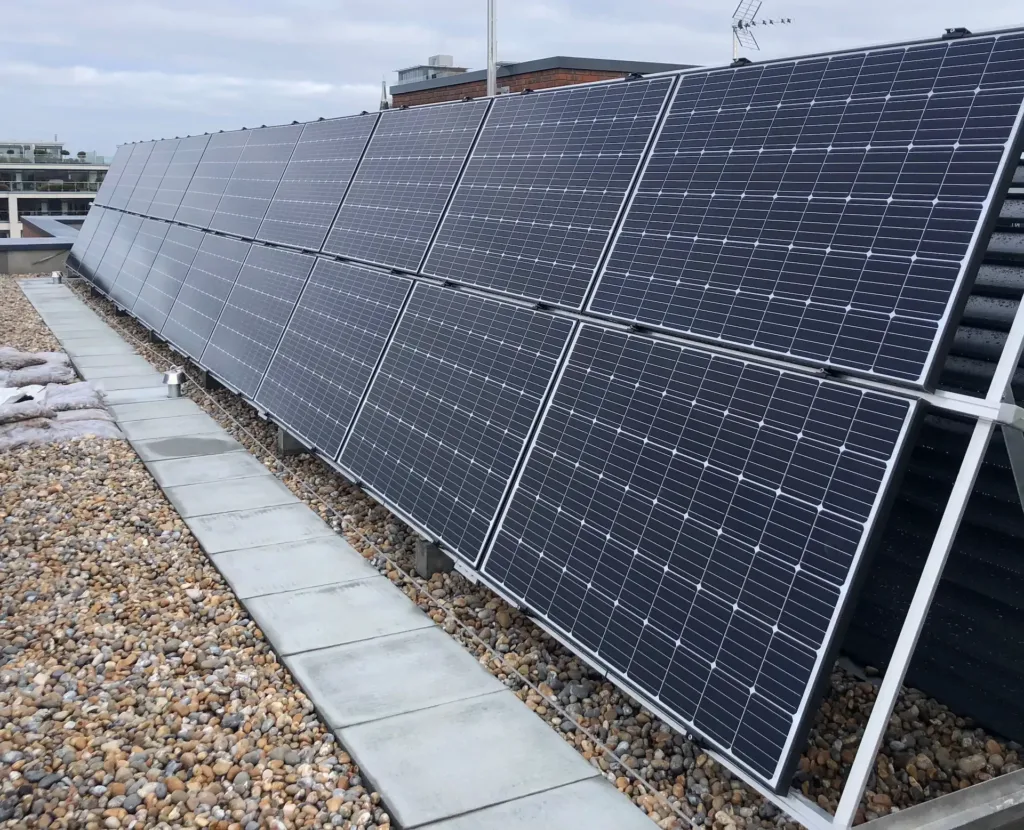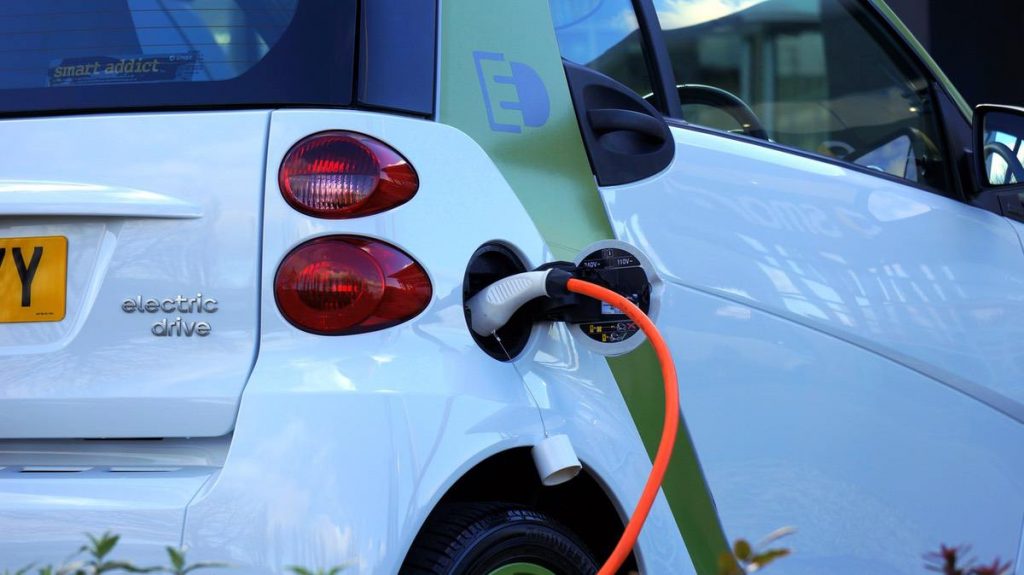What Risks do Housebuilders Face if They Don’t Plan Ahead for Part L?
Since the Part L Uplift to the new Building Regulations will change both the internal and external components of new build homes, the next 10-11 months will be a critical time for housebuilders. They’ll need to conduct extensive design work to determine whether solar is feasible and fit-able on the…
Why Solar PV is the Fastest Route to Meeting New Part L Regulations
As the new Part L Building Regulations begin to gain momentum, the majority of medium and volume housebuilders have started to design and plan how they’ll meet the required Uplift to Energy Efficiency requirements in new homes from 1st July 2022. This uplift aims to deliver a 31% improvement on…
Can our small actions really make a difference?
In our recent survey, 18% of respondents didn’t feel their small actions they could take to care for the environment would make any difference, with a further 10% claiming they didn’t have time and 3% reporting they weren’t taking any actions at all. The 2018 British Social Attitudes study into…
Why solar panels are the only home improvement that pays back
A key factor influencing the take-up of solar could be that homeowners still don’t perceive solar panels as a value-adding home improvement, but rather as a low-priority item. In 2018, Moneywise reported that homeowners typically spend over £10,000 on renovation work, while Homes & Property Magazine reported in 2019 that…
Could solar panels actually add value to your home?
According to our latest research, 1 in 10 homeowners is concerned that solar panels could look unattractive on their house. In the early days of solar, around 10 – 15 years ago, you’d expect to see huge blue panels jutting out of people’s roofs. They were often installed unattractively in…
Increasing the use of solar energy in homes
Our latest research into public actions around climate change explored current adoption levels and general perception about solar technology. 16% of respondents said had solar PV installed on their homes, which may sound low but still represents well over a million homes; a significant improvement on the tens of thousands…
The role of housebuilders and councils in using renewables
Following on from our latest blog post, which explored the fact that more than half of respondents in our recent survey felt the government should take more responsibility for adopting renewables, we’re also looking at the role of housebuilders and local councils. Housebuilders and developers certainly have a role to…
Is the government doing enough to make renewables accessible?
Our recent survey of public attitudes and opinions on climate change uncovered some interesting trends and perceptions on who should take the most responsibility for making renewables more accessible to homeowners. More than half of respondents (63%) believe that the ultimate responsibility lies chiefly with the UK government. Only 28%…
Should more of us be driving hybrid or electric cars?
The use of fuel-efficient hybrid or electric cars is also seeing an exponential rise in recent years. In our latest survey of consumer opinions and actions around climate change, 27% of respondents now claim to drive fuel efficiently or drive a fuel-efficient car. There are currently around 100,000 electric vehicles…
Why we need to reduce food waste and meat consumption
Following on from our previous blog post about the everyday actions today’s consumers are taking to care for the environment, we wanted to look at the statistics around food waste and meat consumption in a little more depth. Well over half the respondents in our survey (63%) said they’ve reduced…
How today’s homeowners are caring for the environment
As we all become more conscious of saving energy and minimising waste, today’s consumers are more focussed than ever on playing their part in caring for the environment. Our recent study into consumer attitudes and actions around climate change revealed encouraging statistics around the everyday actions most of us now…











